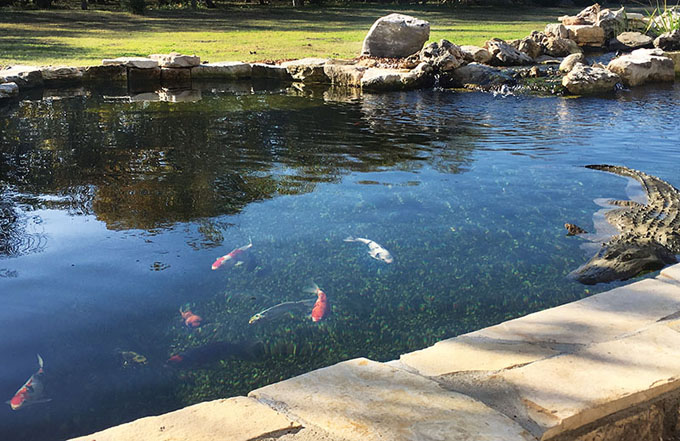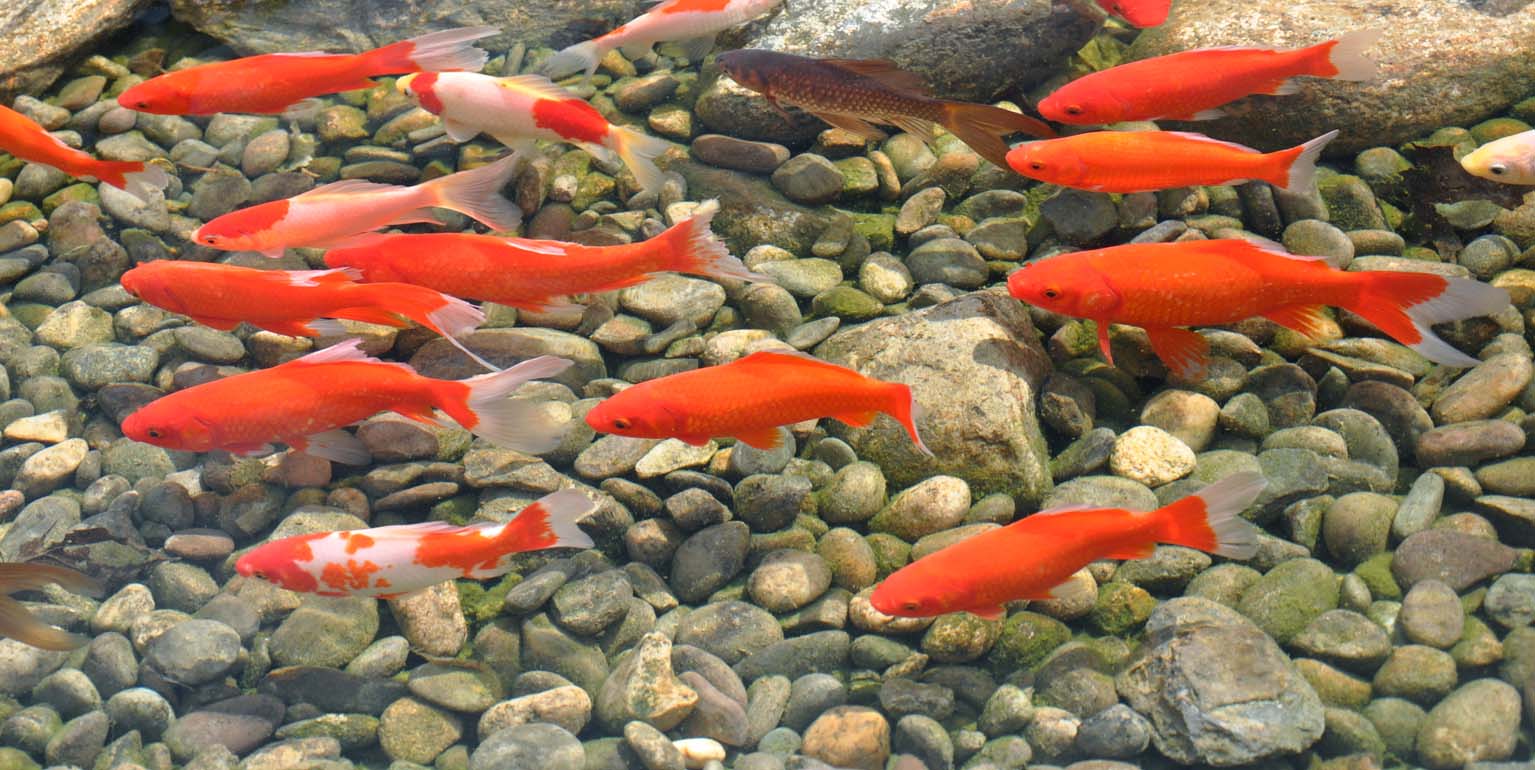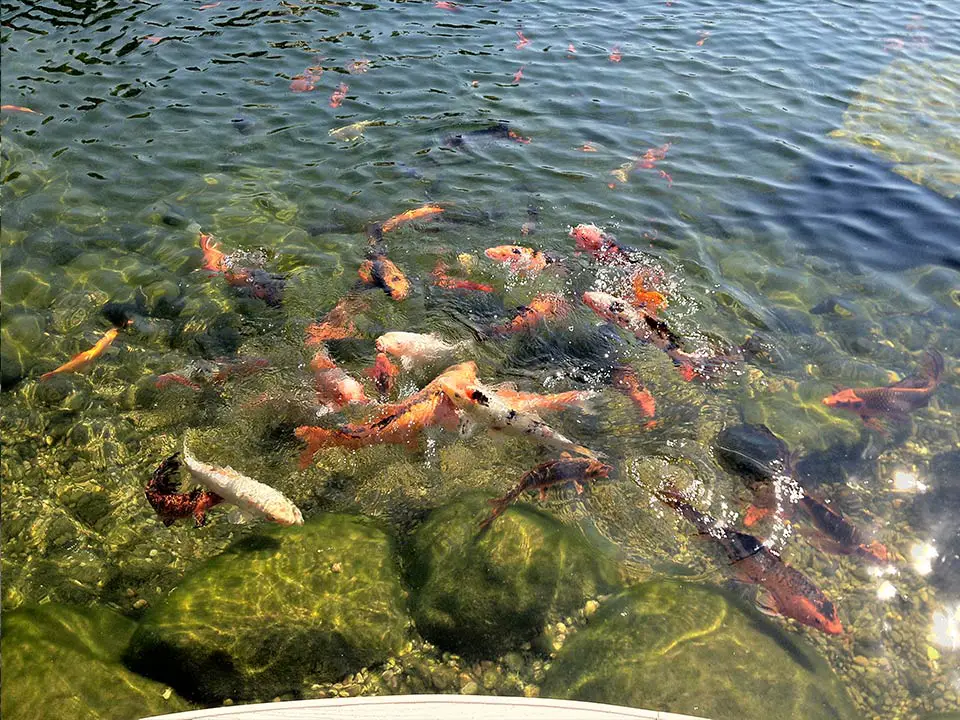Keeping your pond water clean is essential for the health and well-being of your fish. However, cleaning a pond that has fish in it requires special care and attention to ensure that you are not harming the aquatic life in the process. In this guide, we will discuss effective methods to clean pond water with fish in it.
1. Regular Maintenance
Regular maintenance is key to keeping your pond water clean and healthy for your fish. It is important to establish a routine cleaning schedule to prevent the buildup of algae, debris, and other contaminants in the water. Regularly remove leaves, twigs, and other debris from the surface of the pond to prevent them from decomposing and polluting the water.
Additionally, consider installing a pond skimmer or a filtration system to help remove debris and improve water quality. These systems can help to reduce the amount of manual cleaning required and keep the water clear for your fish.
2. Water Testing
Regularly test the water in your pond to monitor its quality and ensure that it is safe for your fish. Test for pH levels, ammonia, nitrites, and nitrates, as imbalances in these levels can be harmful to fish. Consider investing in a water testing kit to make this process easier.
If you notice any irregularities in the water parameters, take action immediately to correct them. Adding water treatments or performing partial water changes can help restore the balance in the pond water and create a healthier environment for your fish.

Credit: www.pondtrademag.com
3. Partial Water Changes
Performing partial water changes is an effective way to refresh the pond water and remove accumulated waste and contaminants. When conducting a water change, be sure to treat the new water with a dechlorinator to remove harmful chlorine and chloramines.
It is recommended to change only about 10-20% of the water at a time to avoid shocking the fish with drastic changes in water parameters. Monitor the fish closely after a water change to ensure that they are not stressed or showing signs of distress.
4. Beneficial Plants
Adding aquatic plants to your pond can help improve water quality by absorbing excess nutrients, providing oxygen, and creating a natural filtration system. Consider adding plants such as water lilies, water hyacinth, and hornwort to your pond to help keep the water clean and clear.
Plants not only enhance the aesthetic appeal of your pond but also create a more natural and balanced ecosystem for your fish to thrive in. Be sure to regularly prune and maintain the plants to prevent overgrowth and maintain a healthy balance in the pond.

Credit: www.velda.com
5. Beneficial Bacteria
Beneficial bacteria play a crucial role in maintaining a healthy pond ecosystem by breaking down organic waste, reducing ammonia levels, and preventing algae growth. Consider adding beneficial bacteria products to your pond to help establish a healthy bacterial colony.
These products are safe for fish and can help improve water clarity and quality over time. Follow the manufacturer’s instructions for dosing and application to ensure that you are using the bacteria effectively in your pond.
6. UV Sterilization
UV sterilization is a method used to control algae and harmful microorganisms in pond water by exposing them to ultraviolet light. Installing a UV sterilizer in your pond can help to reduce algae blooms and improve water clarity.
UV sterilization is safe for fish and other aquatic life, making it an effective and non-invasive method for maintaining clean pond water. Be sure to regularly clean and maintain the UV sterilizer to ensure optimal performance and effectiveness.
7. Fish-Friendly Cleaning Products
When cleaning your pond, be sure to use fish-friendly cleaning products that are safe for aquatic life. Avoid using harsh chemicals, detergents, or soaps that can harm your fish and disrupt the delicate balance of the pond ecosystem.
Opt for natural and eco-friendly pond cleaners that are specifically designed for use in ponds with fish. These products are gentle on the environment and safe for your fish, ensuring that you can clean your pond effectively without causing harm to the aquatic life.
8. Monitor Fish Behavior
Observing your fish regularly can provide valuable insights into the health of your pond ecosystem. Monitor fish behavior, appetite, and overall activity levels to detect any signs of stress or illness early on.
If you notice any unusual behavior or symptoms in your fish, take immediate action to investigate and address the underlying cause. Consult with a fish veterinarian or aquatic specialist for guidance on how to treat sick fish and maintain a healthy pond environment.
9. Professional Maintenance
If you are unsure about how to clean your pond water properly or encounter persistent water quality issues, consider hiring a professional pond maintenance service. A professional can assess the condition of your pond, recommend effective cleaning methods, and provide ongoing maintenance to keep your pond water clean and healthy.
Professional pond maintenance services have the expertise and equipment to tackle complex water quality issues and ensure that your fish are thriving in a clean and well-maintained pond environment.
Conclusion
Cleaning a pond with fish in it requires careful planning and consideration to ensure that you are maintaining a healthy environment for your aquatic pets. By following the tips outlined in this guide, you can effectively clean your pond water while keeping your fish safe and healthy.
Remember to establish a regular cleaning schedule, monitor water quality, and take proactive steps to prevent algae blooms and water contamination. With the right maintenance practices and a commitment to fish-friendly cleaning methods, you can enjoy a beautiful and thriving pond ecosystem for years to come.




